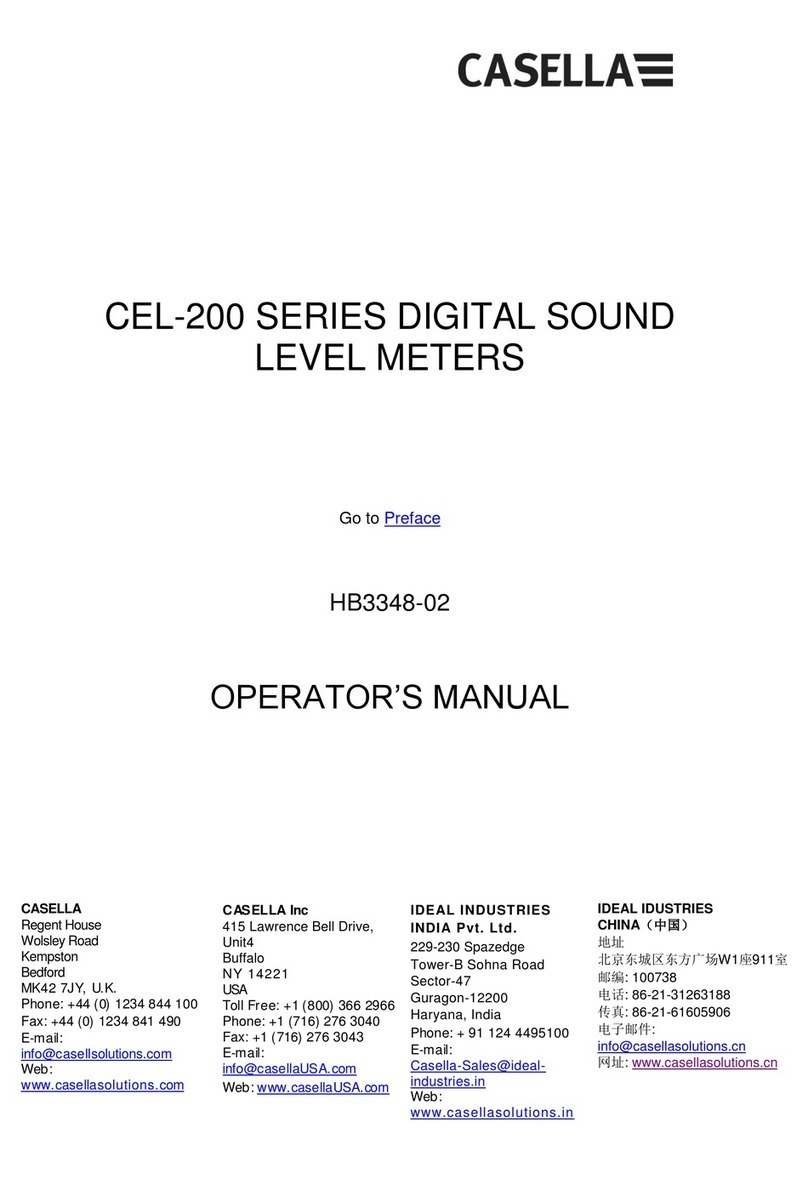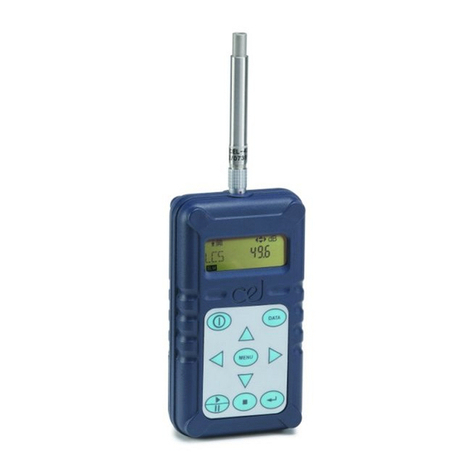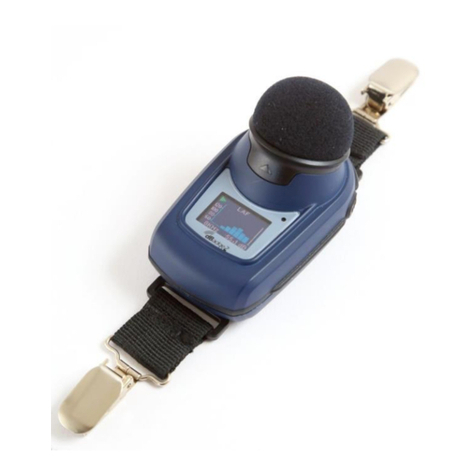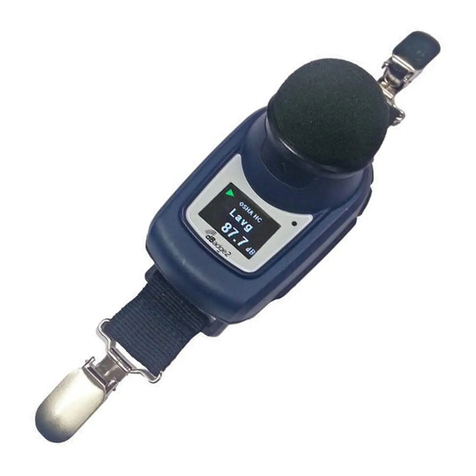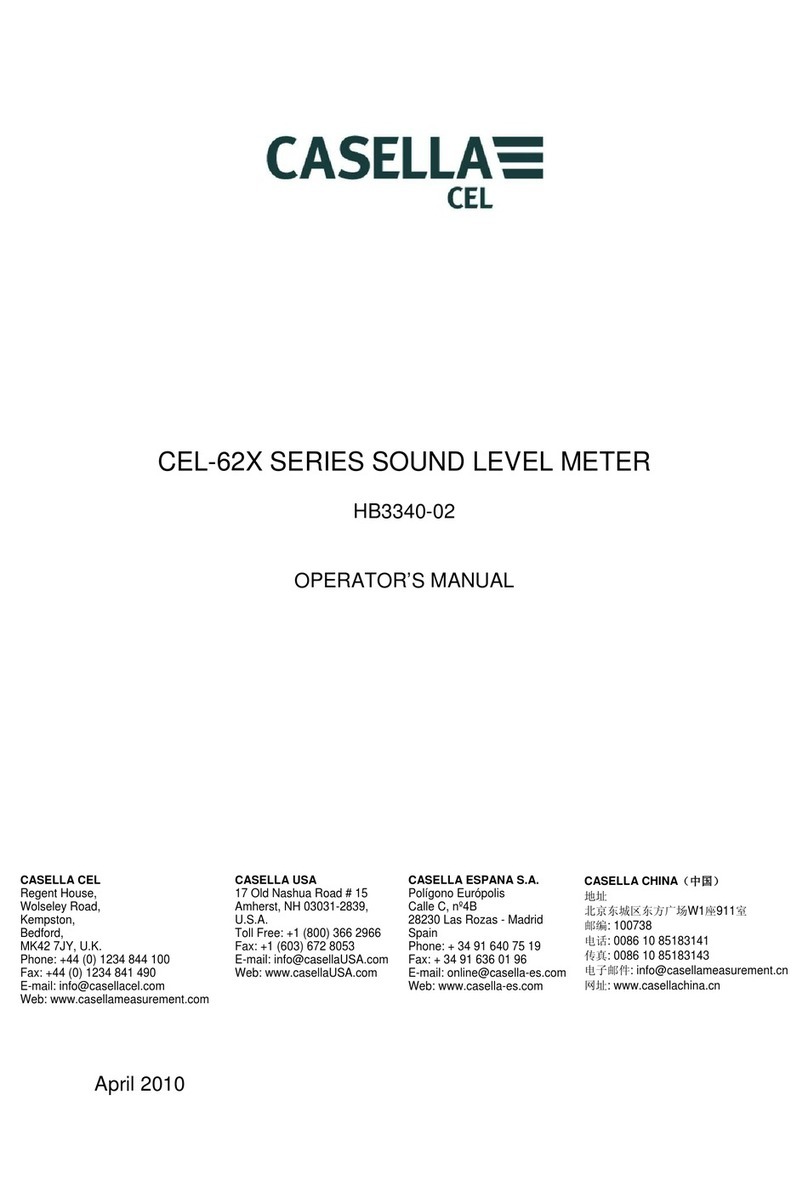Casella CEL-490 Service manual
Other Casella Measuring Instrument manuals
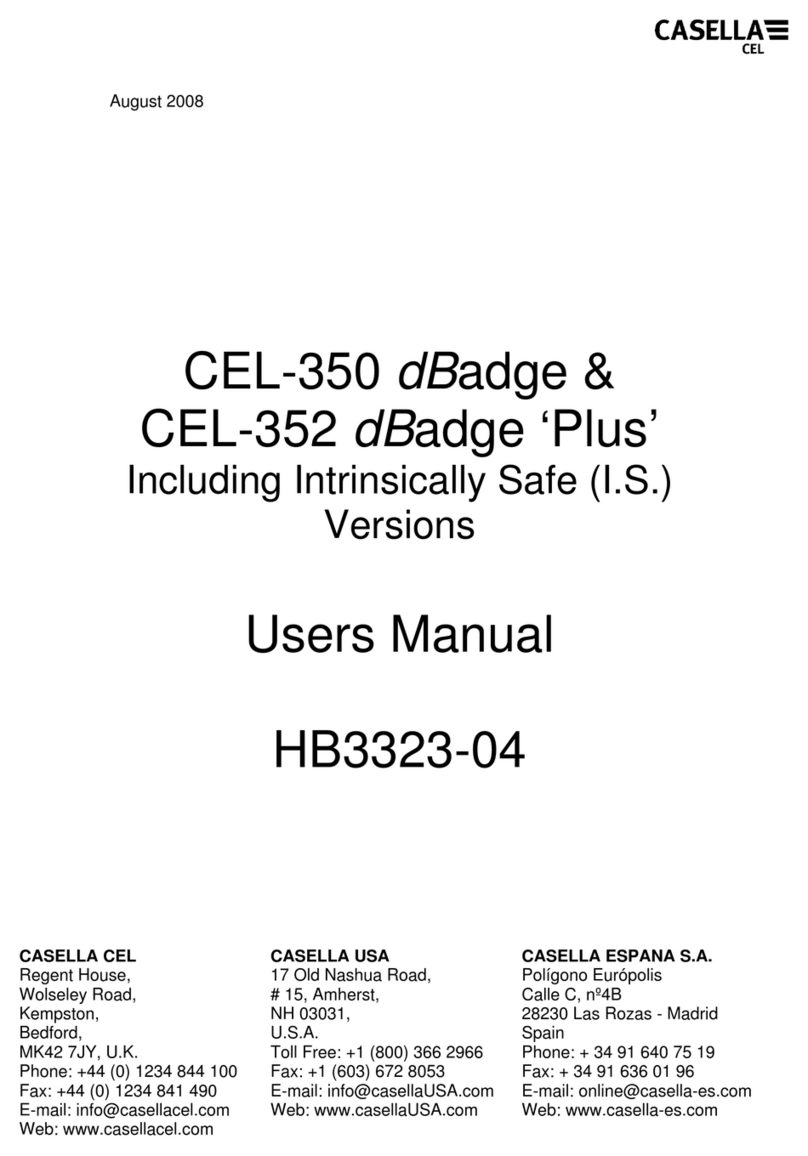
Casella
Casella CEL-350 dBadge User manual

Casella
Casella STORM Guardian Service manual
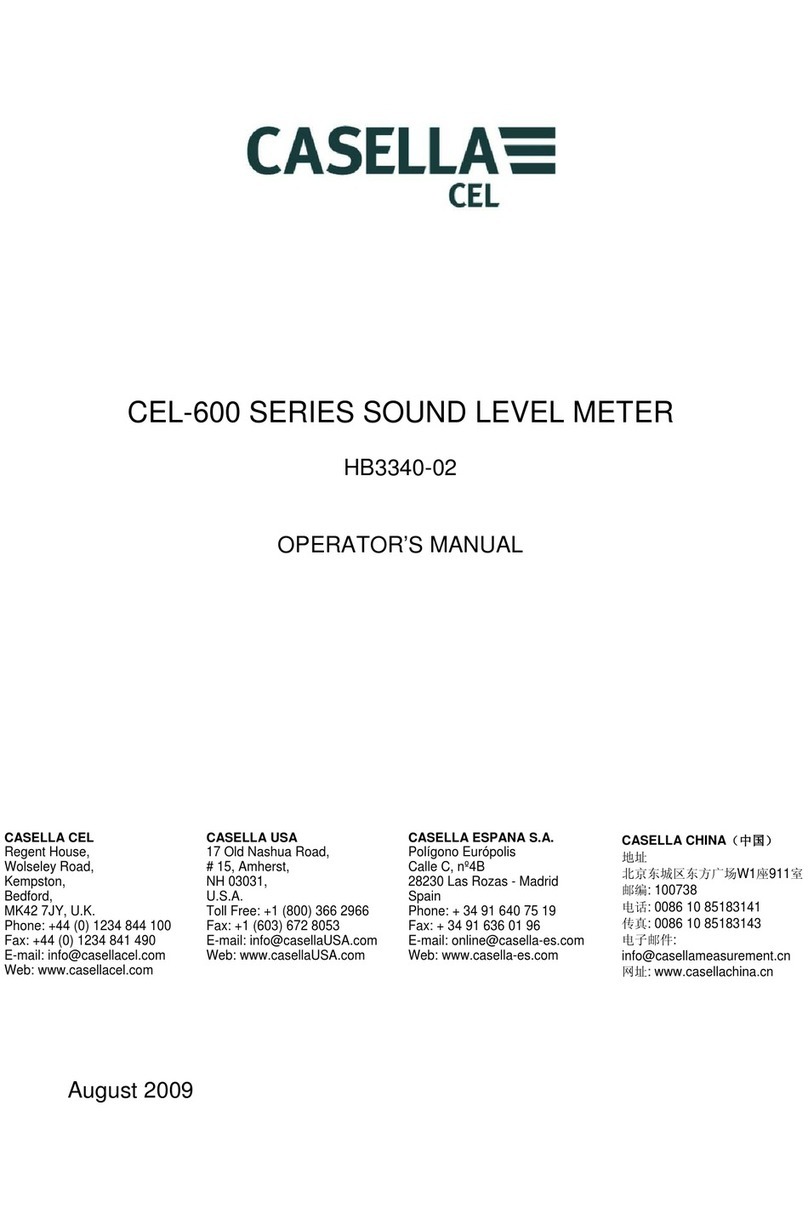
Casella
Casella HB3340-02 User manual
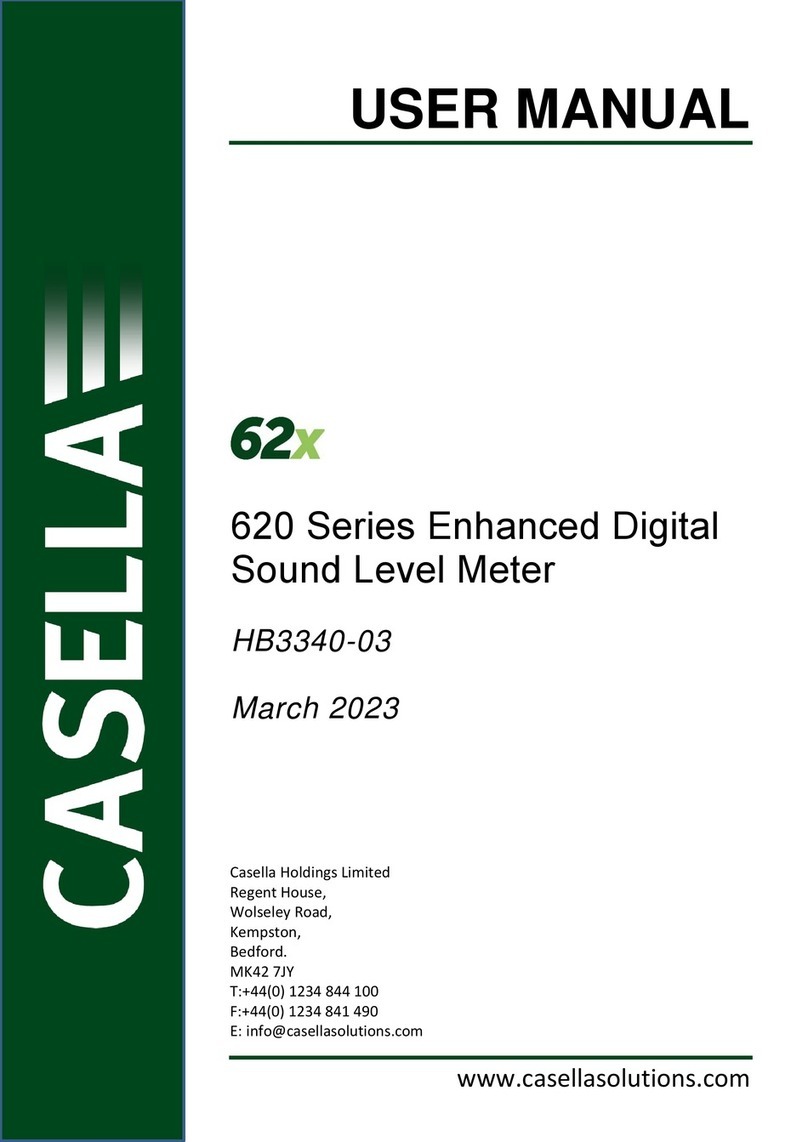
Casella
Casella 620 Series User manual
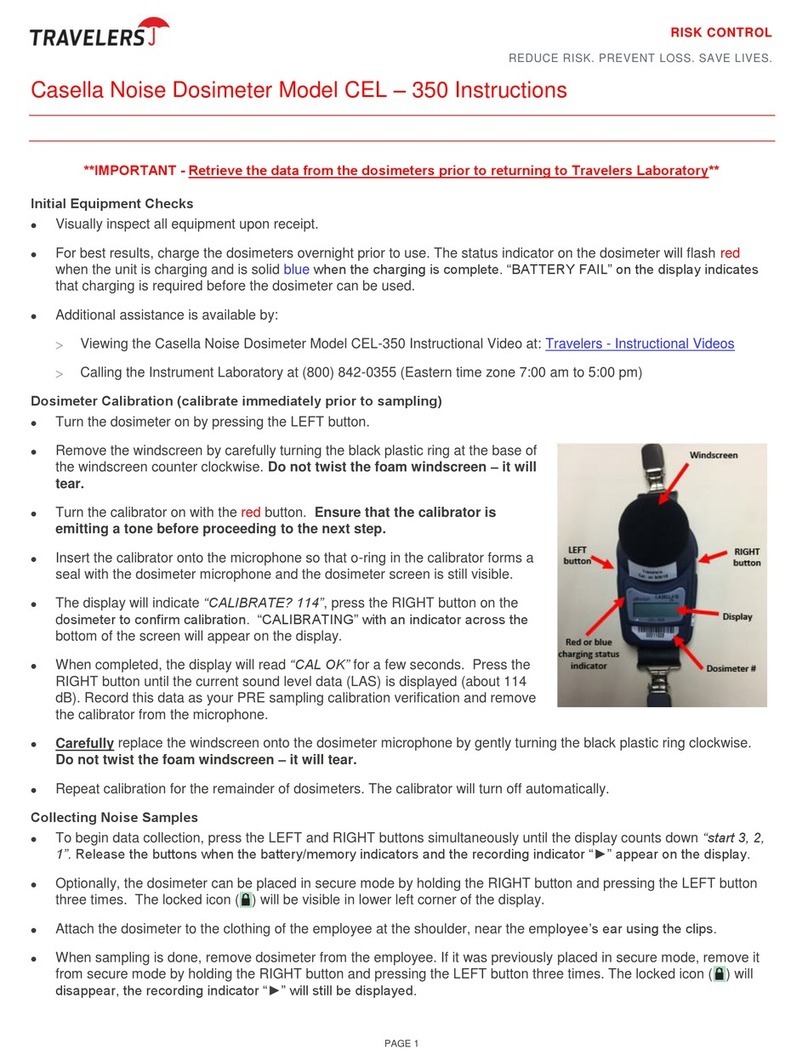
Casella
Casella CEL-350 dBadge User manual
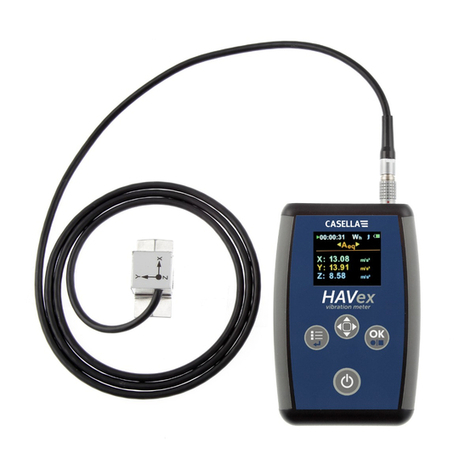
Casella
Casella HAVex User manual

Casella
Casella DBADGE2PRO User manual
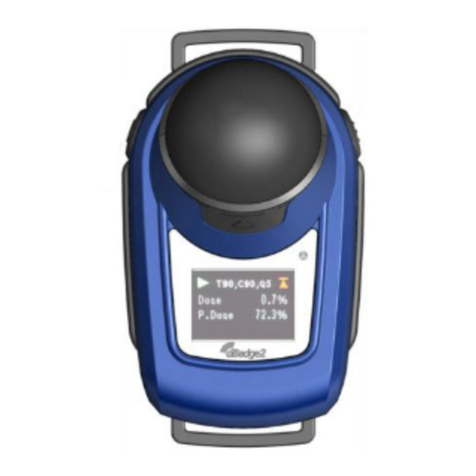
Casella
Casella HB4056-01 dBadge2 User manual

Casella
Casella Evolution CM2010 User manual

Casella
Casella HB4087-01 User manual
Popular Measuring Instrument manuals by other brands

Powerfix Profi
Powerfix Profi 278296 Operation and safety notes

Test Equipment Depot
Test Equipment Depot GVT-427B user manual

Fieldpiece
Fieldpiece ACH Operator's manual

FLYSURFER
FLYSURFER VIRON3 user manual

GMW
GMW TG uni 1 operating manual

Downeaster
Downeaster Wind & Weather Medallion Series instruction manual

Hanna Instruments
Hanna Instruments HI96725C instruction manual

Nokeval
Nokeval KMR260 quick guide

HOKUYO AUTOMATIC
HOKUYO AUTOMATIC UBG-05LN instruction manual

Fluke
Fluke 96000 Series Operator's manual

Test Products International
Test Products International SP565 user manual

General Sleep
General Sleep Zmachine Insight+ DT-200 Service manual
